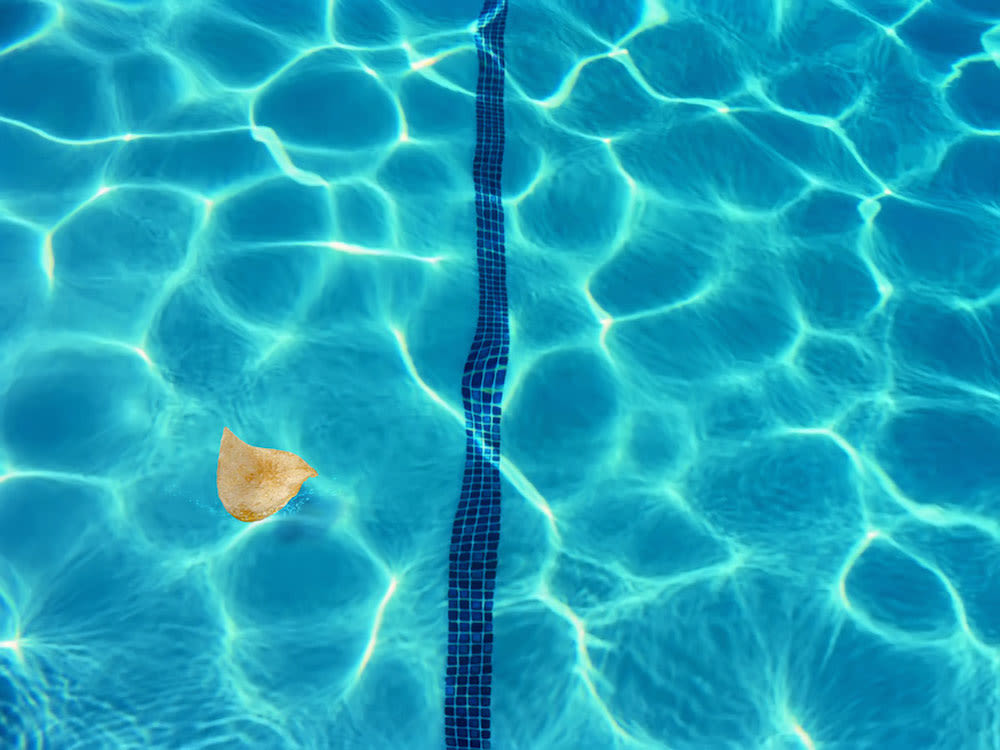I’d long been curious about Spa Castle in Queens—a Korean bathhouse—before I made a trip there two weeks ago. When a Living Social Deal coincided with a Labor Day trip to New York, it meant I would finally get to see what jimjilbang culture looks like on our North American shores.
My first jimjilbang experience, back in 2010, was a memorable one, and not just because it took place in Korea, the spa genre’s ancestral home. I was visiting my friend Katie, a teacher in the country at the time, and she brought me to Seoul’s Dragonhill Spa, after saying it was the “weirdest, most fun place' she’d been in what seemed to me like a very weird, very fun city.
We took a taxi to Dragonhill late at night, after dinner and drinks, and as soon as we stepped inside, I realized that this was not going to be a pan flute-scored, candle-strewn, American-style spa affair. This was Korea, so technology came into play almost immediately, in the form of electronic wall banners and wristwatches that acted as scannable accounts—our passes and payment for everything that lay beyond the reception area’s sliding glass doors. We paid $12 each—the overnight fee—got our complimentary uniforms (long shorts and tees, like recreational soccer uniforms), and started about our jimjilbanging.
Describing a jimjilbang as a mall with pools and saunas is not too far off the mark. Dragonhill boasted a food court with snacks aplenty (both junk food and Korean fare, the most traditional of the former being the sauna-baked eggs). There were arcade rooms and karaoke booths; you could watch movies in leather lounge chairs. Other levels of the massive building housed the spa facilities—an entire floor of saunas with different themes and purposes: a salt room to draw impurities from your skin; a snowy ice sauna to improve your circulatory system. A pharaonic, gold-tiled hut thrilled me, though its intended physical benefits were unclear. The steamy darkness of the jade room put me to sleep. And even better than the saunas were the baths, which were immaculately clean and clearly organized. We made our way through a circuit of soaking that left me equally relaxed and invigorated. And though I’m more bashful than exhibitionist, I quickly got over any qualms about semi-public nudity. Because, when in Seoul…
But what I remember most about Dragonhill were the scores of young Korean couples spooning on the heated floor in their spa-issued outfits. It was a sweet scene. Katie told me that many Koreans in Seoul live with their parents well into their 30s, which makes dating tricky. Jimjilbangs are, in addition to havens of health and tranquility, a place for quiet intimacy (of the PG-13 sort) in a crowded, overworked city.
What I’ll remember most about my more recent visit to Spa Castle is a single tortilla chip floating in the rooftop pool.
But before I get to that, I will say that in concept, Spa Castle and Dragonhill are certainly cut from the same cloth. Wristwatch scanner technology and funny uniforms are handed out at the entrance of both, though at Spa Castle the entrance fee is a much steeper $40 (my discount code knocked it down to $20). Like Dragonhill, Spa Castle is a corporate-looking fortress of a building, with multiple dining areas, an outcropping of saunas, and nudity-mandatory, gender-segregated baths that are pretty nice, actually. But part of the reason why these baths might have been the nicest part of my experience is that they were quiet and: I WENT TO SPA CASTLE THE DAY BEFORE SCHOOL STARTED WHILE THEY WERE RUNNING A LIVING SOCIAL DEAL.
Do not do this, ever. I recognize that even in Korea, jimjilbangs are meant to be family-friendly, and that in New York, such a place can provide much-needed relief from a summer heat and boredom in the city. But there was a frenzied energy at Spa Castle that made it feel much more like Six Flags or a community splash pad than a health and wellness retreat. With every cannonball launched off the rooftop pool deck, my former lifeguard’s brain flashed with images of blood-stained tiles, rendering the effects of my water-jet back massage moot. Add to this the witnessing of many sauna selfies and some questionable underwater touching in the hinoki wood hot bath, I left Spa Castle more stressed than I’d arrived. Where Dragonhill had surprised me with its fun, yet meditative, approach to leisure, Spa Castle just screamed chaos. Literally. Frustrated attendants barked orders at confused patrons and there was a lot of open-mouthed snacking over open water—which is never a good idea, and can only lead to the aforementioned floating nacho. As well as, one can imagine, a sizeable chlorine bill.
I know I run the risk of sounding like a real out-of-touch grump here, complaining about a day at the spa when the world is so full of actual problems. However, I do think mainstream America’s relationship to relaxation could use some examination—cultural exports like the jimjilbang may not come so naturally to us, a population that struggles to sit still, lock up our phones, and sweat out our worries collectively in the dark. In a facility designed to both revive and entertain, we seem to default wholly to the entertainment side of things. Korea seemed to lean in a more zen, more cleanly direction.
But if a collective mellowing isn’t in the cards, there are rumors that Spa Castle is opening a kid-free branch in Midtown. I think most would agree—that’s a neighborhood in need of a little R&R.
—Lauren Maas
Photo by Sarah Lauck.

